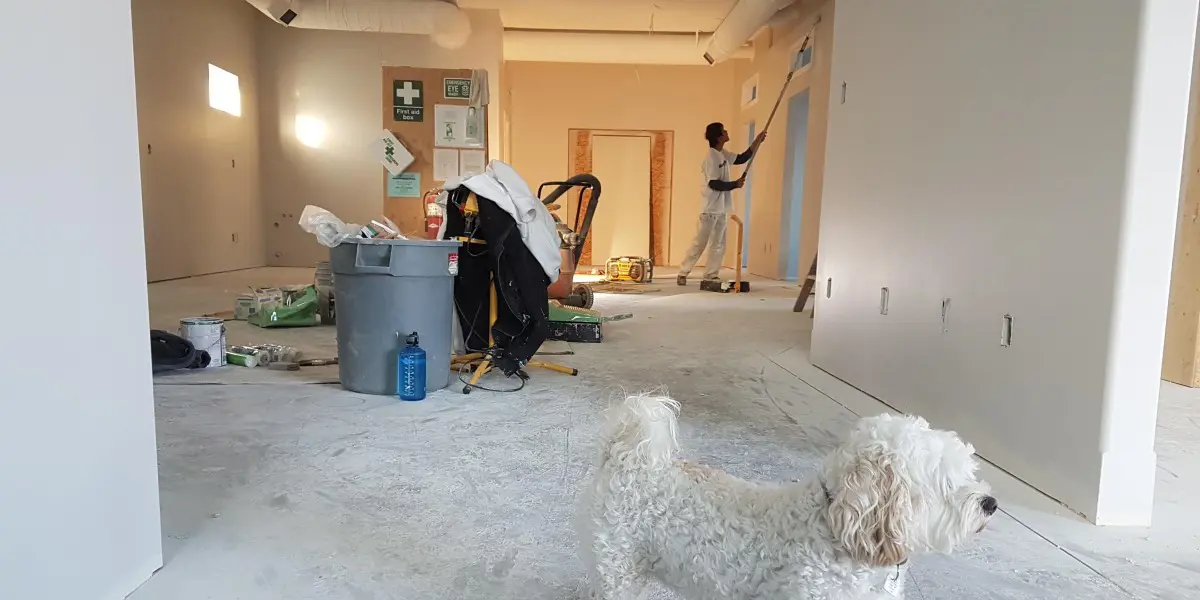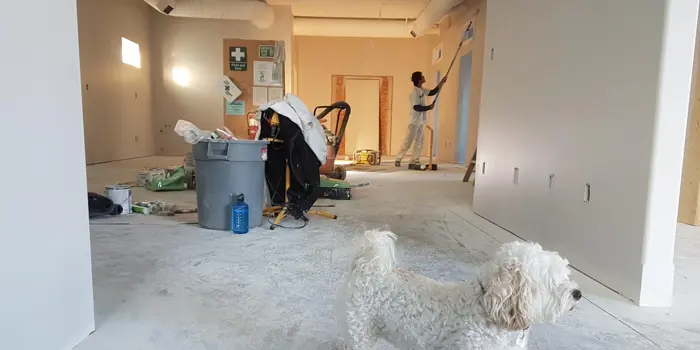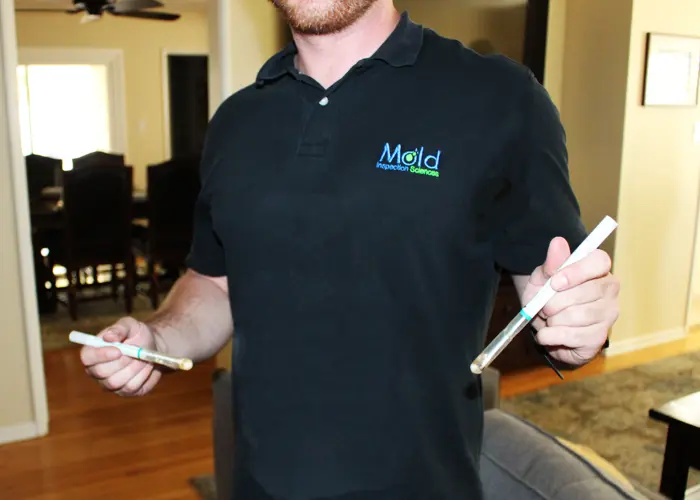Post Mold Remediation Clearance Inspections and Testing
Our job and our responsibility during the Post Mold Remediation phase of a project is to ensure our clients that their mold remediation job has been completed correctly

At Mold Inspection Sciences, our job and our responsibility during the Post Mold Remediation phase of a project is to ensure our clients that their mold remediation job has been completed correctly. One of our Licensed Mold Assessment Consultants will perform the final check on your mold remediation project. Once we deem the project complete and successful, we will sign a Texas Mold Certificate for the client. There are laws in the State of Texas which regulate Mold Inspections and Mold Remediation. The Texas laws, TMARR, require specific performance for the Post Mold Remediation Clearance.
§295.324. POST-REMEDIATION ASSESSMENT AND CLEARANCE
(a) Clearance criteria. For a remediation project to achieve clearance, a licensed mold assessment consultant shall conduct a post-remediation assessment using visual, procedural, and analytical methods. If walk-in containment is used during remediation, the post-remediation assessment shall be conducted while the walk-in containment is in place. The post-remediation assessment shall determine whether:
- the work area is free from all visible mold and wood rot; and,
- all work has been completed in compliance with the remediation protocol and remediation work plan and meets clearance criteria specified in the protocol.
(b) Underlying cause of mold. Post-remediation assessment shall, to the extent feasible, determine that the underlying cause of the mold has been remediated so that it is reasonably certain that the mold will not return from that remediated cause (c) Analytical methods.
- The assessment consultant shall perform a visual, procedural, and analytical evaluation in each remediated area in order to determine whether the mold contamination identified for the project has been remediated as outlined in the remediation protocol.
- The consultant shall use only the analytical methods and the criteria for evaluating analytical results that were specified in the remediation protocol, unless circumstances beyond the control of the consultant and the remediation contractor or company necessitate alternative analytical methods or criteria. The consultant shall provide to the client written documentation of the need for any deviation from the remediation protocol and the alternative analytical methods and criteria selected, and shall obtain approval from the client for their use, before proceeding with the post-remediation assessment.
- Where visual inspection reveals deficiencies sufficient to fail clearance, analytical methods need not be used.
(d) Passed clearance report. An assessment consultant who determines that remediation has been successful shall issue a written passed clearance report to the client at the conclusion of each mold remediation project. The report must include the following:
- a description of relevant work site observations;
- the type and location of all measurements made and samples collected at the work site;
- all data obtained at the work site, including temperature, humidity, and material moisture readings;
- the results of analytical evaluation of the samples collected at the work site;
- copies of all photographs the consultant took; and,
- a clear statement that the project has passed clearance.

If a property owner sells the property, the property owner shall provide to the buyer a copy of each Certificate of Mold Damage Remediation issued for the property during the five years preceding the date the property owner sells the property.
Texas mold remediation regulations
At Mold Inspection Sciences, our Post Remediation Mold Assessment and Clearance Sampling consist of the following:
- Visual inspection of the previously identified contaminated area(s) and constructed containment(s);
- Visual inspection to verify that all impacted materials have been removed according to the Mold Remediation Protocol;
- Visual inspection and complete documentation including digital photos of the remediated area(s) to ensure that all visible mold growth has been removed, that there are no wet building materials, and that the area(s) are clean and debris free;
- Collection of microbial air samples from each work area or containment and one or more surface samples of previously identified contaminated areas. Plus, the collection of one or more indoor control air samples from one or more areas inside the structure but outside of all work areas for cross-contamination verification;
- A final written report of the Post Remediation Assessment and Clearance Sampling findings and a Lab Report of the sample analysis; and,
- Issuance of a Texas Department of Insurance Mold Certificate upon passing Clearance Criteria.


